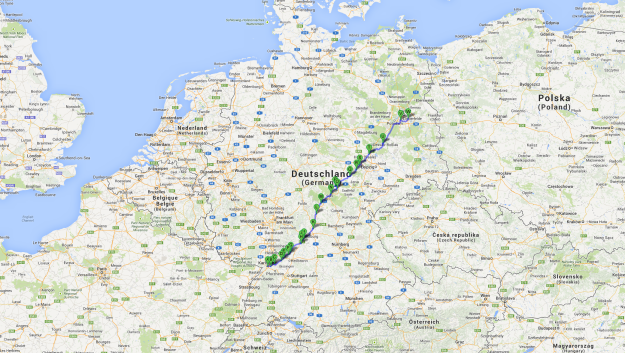After a one year absence (One year in Tehran) I’m currently living in Berlin again. Before I left, I planned to visit the VEB Fotochemie aka Glanzfilm AG aka Kodak AG and Kabelwerke Köpenick aka VEB IKA. Initially I didn’t want to go alone, but finally I was too impatient.
Like other industrial ruins, I passed it hundreds of times in my youth.
Initially (since 1907 according to wikipedia) the area was occupied by Glanzfilm AG. After some 20 years business didn’t go well, so the American Kodak Corp. bought Glanzfilm. The factory was renamed Kodak AG, Werk Köpenick and was the second producing photo-chemical products aside German AGFA.
Due to WW II the factories were confiscated as “enemy property” and after WWII, in the German Democratic Republic, production of radiographic film, black-white film, photobase paper and chemicals continued, but the factory was renamed to VEB Fotochemische Werke Köpenick.
Finally after Germany’s reunification the factory was returned to Kodak. But due to digital photography, the products were not needed anymore. Until 2010 X-ray-Retina was produced and then the factory was shut down.
Some of the buildings are used as apartments now. However most of the equipment is still in a rather good shape.
- Democracy means ….
- Merry Christmas!



















































































